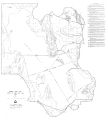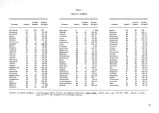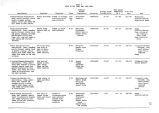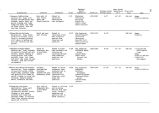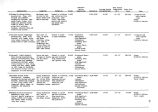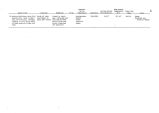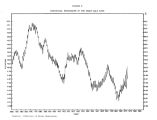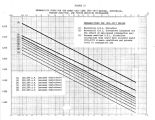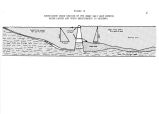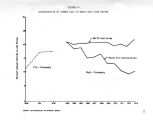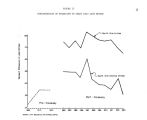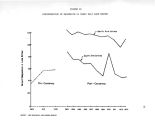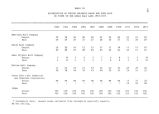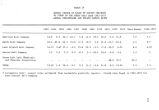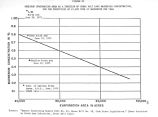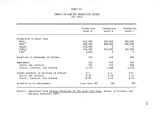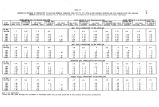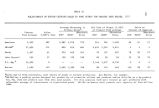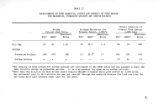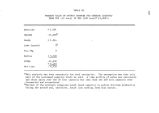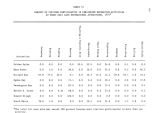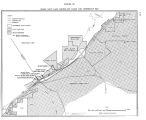| OCR Text |
Show 112 the seeps, and four or five holes 1,500 to 2,800 feet deep have been drilled in the area. Total production to 1965 from this field was about 10,000 to 15,000 barrels ( Howard Ritzma, UG& MS). Production from 1965 to 1970 was 2,896 barrels ( Stowe, 1972). A shallow gas field discovered in 1891 beneath the south end of Farmington Bay supplied gas to Salt Lake City through a wooden pipeline for 19 months in 1895 and 1896. In 1969, the Utah Geological and Mineral Survey, the Geophysics Department of the University of Utah, and the University of Wisconsin- Milwaukee conducted seismic surveys of the Lake, which indicated structures favorable for oil accumulation ( Mikulich and Smith, 1974). American Oil Company is currently the only company with State permission to explore for oil around the Great Salt Lake. In 1973- 1974, Digicon ( under contract to AMOCO) conducted sparker and air gun seismic surveys, finding structures ( possibly deltaic) which they considered favorable for oil. A jurisdictional dispute concerning whether the State Land Board of the Army Corps of Engineers could grant permission to drill was resolved in favor of the State in the summer of 1974. In the late summer and early fall of 1974, Dames and Moore, under contract to AMOCO, made subsurface investigations of four sites ( two in each arm of the Lake) as possible locations for exploratory oil drilling. ECONOMIC IMPACT OF MINERAL DEVELOPMENT Extractive industries from the brine have a replacement value of over $ 200,000,000. If all of the various industries were producing at capacity for one year, the total value of products could be as much as |




























